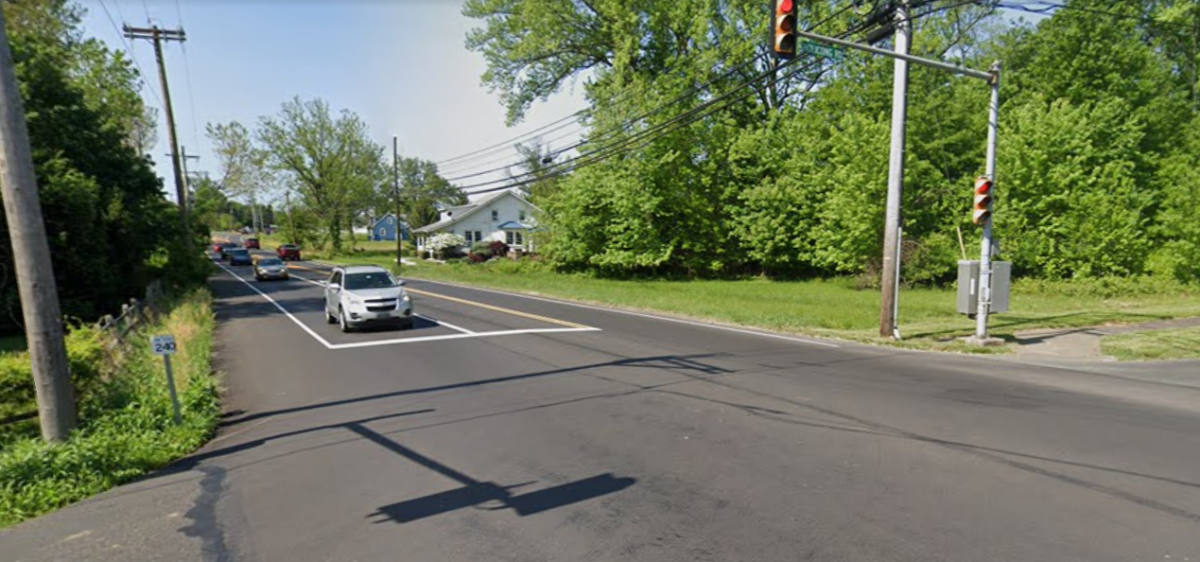Food Waste During Thanksgiving

December 4, 2022
Thanksgiving is the time of year where we can look around and be grateful for the people, goods, and world that surround us. Still, his thankful holiday degrades our beloved planet through its tremendous waste and increased carbon footprint.
According to Grove Collaborative, between 300 and 400 million pounds of food are thrown away each year. As food waste enters a landfill, it releases harmful greenhouse gases, most notably methane.
Furthermore, as families seek to reunite, the carbon emissions from traveling skyrockets. Between the amount of flying and cars traveling interstate, these vehicles stand to harm the planet—even more so than the Thanksgiving dinner.
Depicted in the graphic from Brightly Eco, the average Thanksgiving dinner produces 103 pounds of carbon dioxide. The footprint is divided as 64 pounds originating from turkey, 25 from stuffing, 9 from mashed potatoes, 3 from pie, and 2 from cranberry sauce.
Surrounded around the meal, this holiday clearly produces much waste. Still, there are ways you can enjoy your lovely meal and family time while still being efficient and reducing your impact. Here is a list of seven reasonable ways you can have a more environmentally conscious Thanksgiving.
- Saving leftovers — Much of the Thanksgiving degradation comes from the overwhelming amount of waste. By simply putting leftovers in the freezer and eating it throughout the week, families can begin to lessen the waste that ends up in the landfill where it allows for a large buildup of methane.
- Compost — By converting the excess food into nutrient rich soil amendment, families instead help the environment as the compost can be used rather than chemical fertilizer.
- Cooking from pie and bread from scratch — Because many of CO2 emissions are generated by the production of these goods, baking with less processed materials can lower your carbon footprint. Not only will these baked goods taste better, you can feel better about your ecological impact!
- Consider turkey consumption — Yes, turkey is a massive piece of the Thanksgiving tradition. Still, many people don’t like the flavor and a majority of the meat finds itself in landfills. If your family is not a huge fan, consider replacing it with a less-harmful meat like chicken or even a meatless alternative.
- Buy local and organic — Supporting your local economy is always a good thing to do, but in this instance, it also limits the transportation of these industrial meats. As these large trucks have a massive carbon footprint, shopping locally can effectively reduce your carbon footprint.
- Reduce carbon footprint while travelling — the immense amount of traffic and travelling is extremely environmentally. Whether it be carpooling or using mass transit, limiting your carbon footprint while travelling is a much more environmentally conscious practice.
- Spend time outside—Depending on the where you are, late November may bring great weather. Spending time outside is not only helpful to your mental health, but it promotes a greater connection with nature. By seeing the outside, we are all reminded of the beauty and functionality of our Earth.
See, there are many ways to enjoy your meal, family, and the peace of mind that you’re limiting your negative impact on the planet. So this Thanksgiving, be thankful for your amazing Earth, and treat it with appreciation.
Sources:
Brightly Staff. “The Environmental Impact of an Average Thanksgiving Dinner.” Brightly, 9 Nov. 2022, brightly.eco/blog/carbon-footprint-of-thanksgiving-dinner. Accessed 29 Nov. 2022.
Grove Collaborative. “Sustainable Thanksgiving: How to throw an eco-friendly feast.” Grove Collaborative, 17 Aug. 2021, www.grove.co/blog/sustainable-thanksgiving. Accessed 29 Nov. 2022.

























